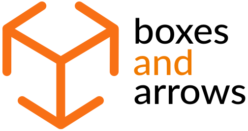One of the dirty little secrets about being an information architect is that most of us only bat .500 at best. We labor and agonize over making recommendations and designing information architectures that are supposed to change the world, but many of our designs never see the light of day. Rather than moan about why my designs were not implemented, I want to share my story.
Continue readingArticles by this author:
Posted by
What You Should Know About Prototypes for User Testing
Posted by
There are several important factors to consider when you are planning to do prototyping for user testing. You will want to make careful choices about fidelity, level of interactivity and the medium of your prototype. Chris Farnum offers descriptions and best use scenarios to help you make the best prototype decision for your tests.
Continue reading